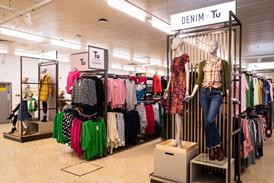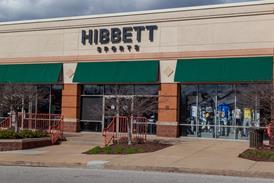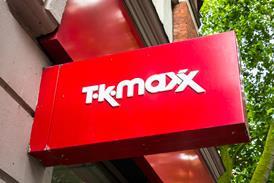Time to stop the supermarket space race

As the realities of both the severity and the length of the uncomfortable squeeze on real incomes and retail sales become more evident, Mary Portas and David Cameron look increasingly like the leading players in a Murdoch-directed horror movie: we can only hope that it doesn’t become a disaster movie.
Already have an account? Sign in here

















